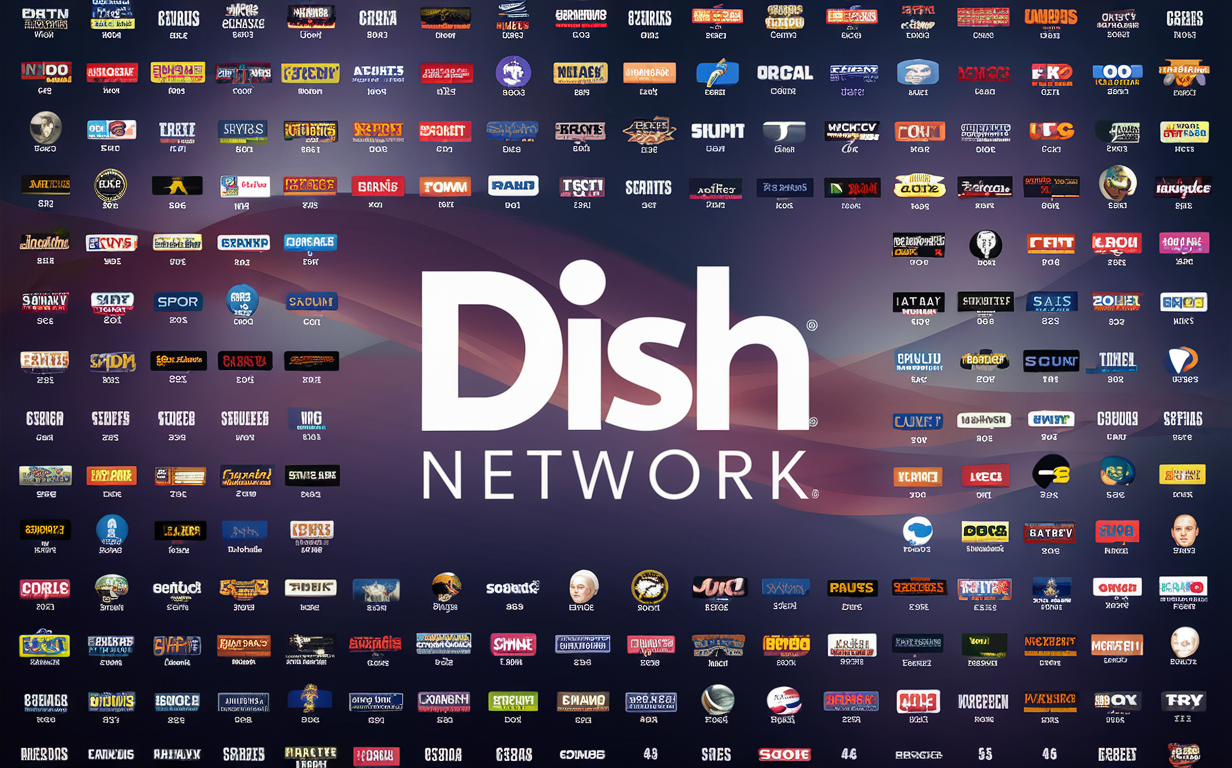
Millions of DISH Satellite TV customers have been asking the same question, why is my DISH bill going up? because the company has been gradually increasing its prices for several years now. Below is a cross-section of some of the key factors that have led to this premium increase at DISH.
Increased Programming Costs
Indeed, one of the key drivers of the price changes in DISH is the fact that it has been forced to spend more on the content that it delivers to the market. When the time comes for distribution contracts to be renewed, Channels demand a steeper carriage fee from DISH each year. For example, in 2021 DISH had a problem with NBCUniversal and this led to the increase of carriage fees. These above-programming costs are then reflected on the subscribers in the end due to the higher costs incurred.
According to DISH, the average annual increase of the fees has been estimated at a range of 8 – 9 % which is far higher than the general inflation rates. Based on this analysis, the only way that DISH can counter this is to increase its base packages each time the content providers decide to charge more. The only way to reduce the cost would be to eliminate the popular channels, the sort of thing that a majority of customers would not wish.
Loss of Subscribers
The Pay-TV industry has seen substantial declines in its subscriber base over the last decade because of cord-cutting and most major Pay-TV providers have not been immune to this trend except for DISH. And it has dropped from 18.34 million satellite TV subscribers in 2012 by at least 29.57 percent. This is because as the number of customers reduces, then fixed costs are shared amongst the few that are remaining, to recover the expenses from the few remaining users, it will be inevitable to increase the rate that is charged to the remaining subscribers.
So that other cable and satellite companies can counter their subscriber losses with their growth in their broadband internet business. However, DISH left that business in 2020 as it sold out the Boost Mobile brand. Without that revenue stream, DISH still heavily relies on its decaying satellite TV segment to generate profit.
Satellite delivery is expensive. Due to the high cost of satellite delivery, most satellite networks are owned and operated by governments or large telecommunication companies.
Compared to cable TV transmission, satellite delivery normally involves much higher operational costs. DISH has to produce, and launch satellites and then ensure they are placed in orbit, construct ground stations, and offer customers satellite dish equipment. Those are real costs which are on the rise and have been so for quite some time now. Currently, DISH continues to evolve and add new satellites offering higher capacities for HD and 4K programming.
But cable companies, just have to manage wires and headend. Their infrastructure costs are, therefore, a lot more manageable compared to the costs of the other players in the market. Due to the lack of scale advantages, DISH’s high overhead gets embedded in mensural bills, as it is lacking in this factor too.
Rural Focus
Recently DISH decided to target the rural market for its satellite TV most of which do not get good cable signals. Although contributing to a total solution of delivering TV to hard-to-reach households, rural consumers are more costly to acquire and serve.
In such areas, houses are also located far apart and therefore it takes more time and effort to attend to installation and service calls compared to concentrated suburban areas. Pay TV revenue per household is also comparatively lower because the pay TV clientele comes from the rural area and has a comparatively lower income. The reality is that due to focusing on rural America, DISH is exposed to higher customer acquisition and support costs, which factor into pricing strategies.
Limited Promotions
To date, pay-TV subscribers have often had the opportunity to pay a lower price for the first year, or the first two years of service, because they are given free introductory offers. Nonetheless, what must be noted is that DISH has reduced promotional pricing in the last couple of years. Little option for renewal pricing is available anymore and few new customers are offered temporary energy tariffs anymore eradicating the previous flexibility of keeping bills affordable for the first few years of the contract.
New customers have no promotions to ease the impact as they are exposed to regular price increases instantly with no cover. Existing consumers also suffer from losing the opportunity to continue using the service at lower prices after contracts elapse. The ability to increase revenues per user to a greater extent for DISH is achieved by eliminating promotions. Still, it reinforces the idea that satellite TV prices are always on the rise and will continue to go higher.
Investing in Streaming
Although DISH has been dealing with satellite transmission of its services, it has also tried to expand in the streaming TV segment through Sling TV. Sling provides different base bundles of over-the-top channels for less than the flagship DISH satellite TV service. However, as shown in the earnings report, Sling is not yet profitable.
The loss may further compound the cost of content that DISH is incurring as it invests to expand Sling’s reach, which is possibly being passed to the legacy satellite TV users. In other words, the essential profitable satellite subscribers are made to act as guarantors of DISH’s trial in the competitive streaming business. Should Sling become unable to turn a profit ever, those pressures to cut satellite prices may remain.
The Bundling Burden
Another argument that cable has always used to outcompete satellite is the fact that it has integrated services of Internet and phone services. Although DISH tried to form some partnerships with telcos regarding bundles, it left the landline business in 2020. Now, DISH sells television as a stand-alone service, which cannot offset video expenses using the cost of the internet or mobile like some industry players.
Without those bundled savings, DISH thinks more pressure to price satellite TV merely to cover the profit margin in that vertical. If it was still bundling mobile, bills could potentially be lower because the margins are taken across several lines of business. However, as a pure-play satellite TV company, DISH can slightly offset the increases in acquisition costs through customers.
The problems exhibited by DISH make it evident why pay TV bills cannot be given a break and continue to go up every year. Product costs, decline of cable subscriptions, outdated buildings, rural orientation, and shift to streaming are some of the reasons that influence the prices. Customers in the long run are faced with increased satellite TV charges to shoulder this burden. While the company is in the process of transforming itself into a wireless carrier, legacy TV customers keep shelling out more money for satellite television each year.
Ready to upgrade your TV experience? Call us now at (877) 471-4808 to find the perfect Dish Network plan for you! Don’t miss out on great entertainment—our team is here to help you choose the best package and get you started today.





